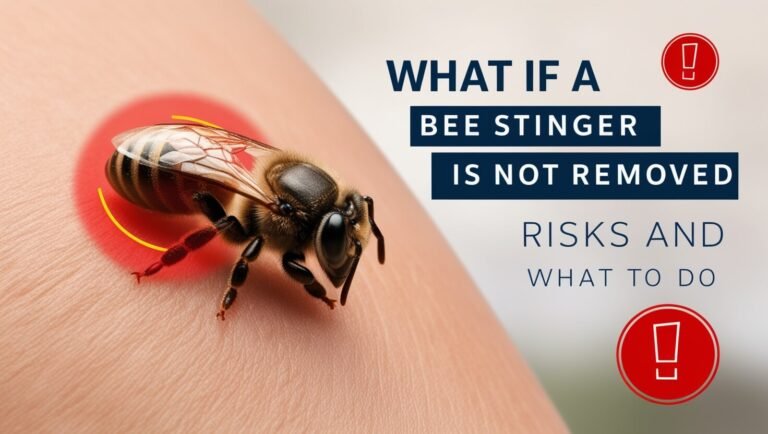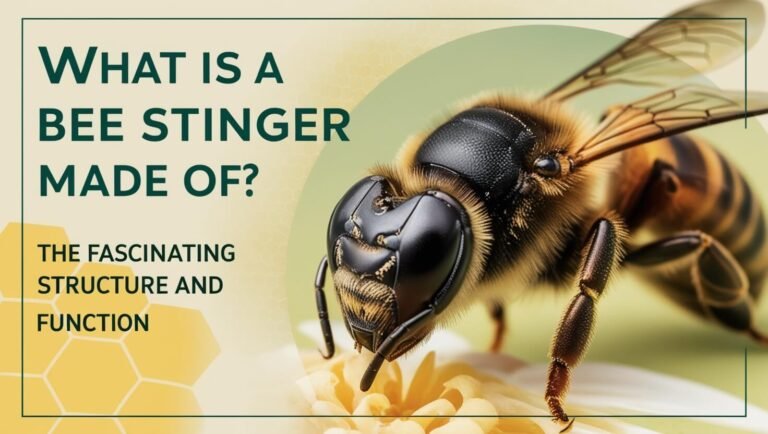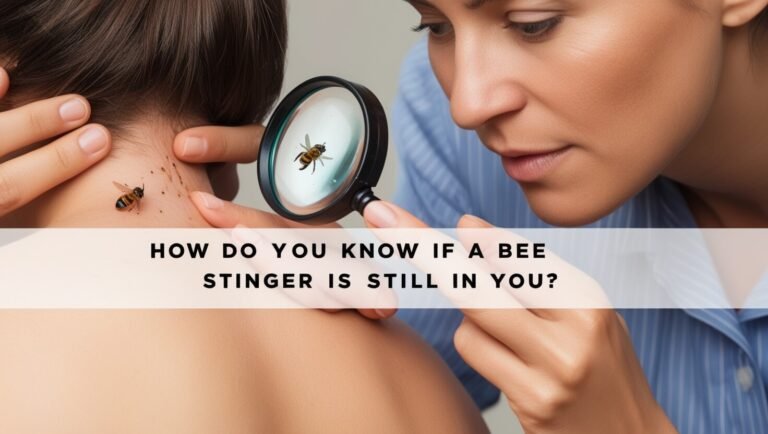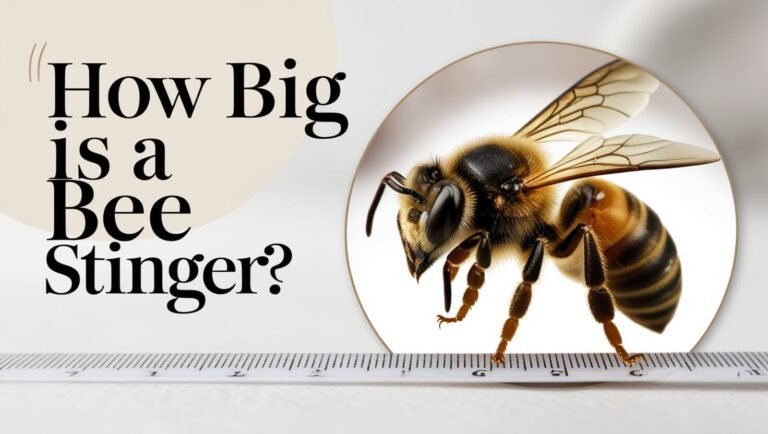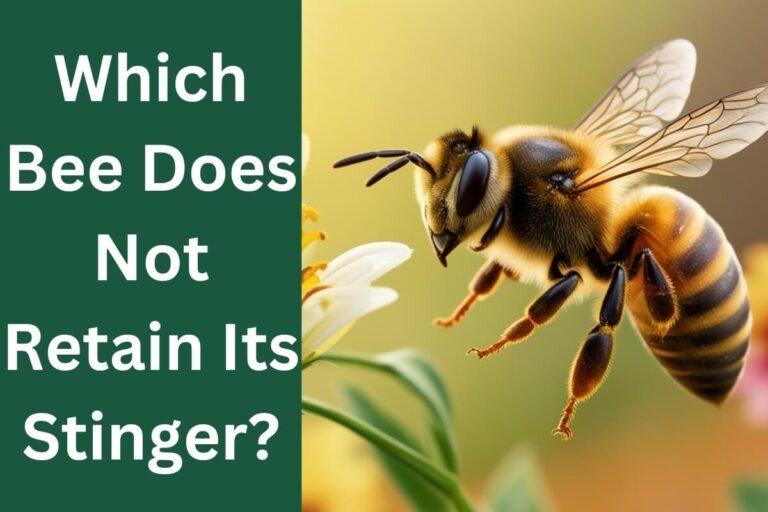How To Get A Bee Stinger Out With Baking Soda
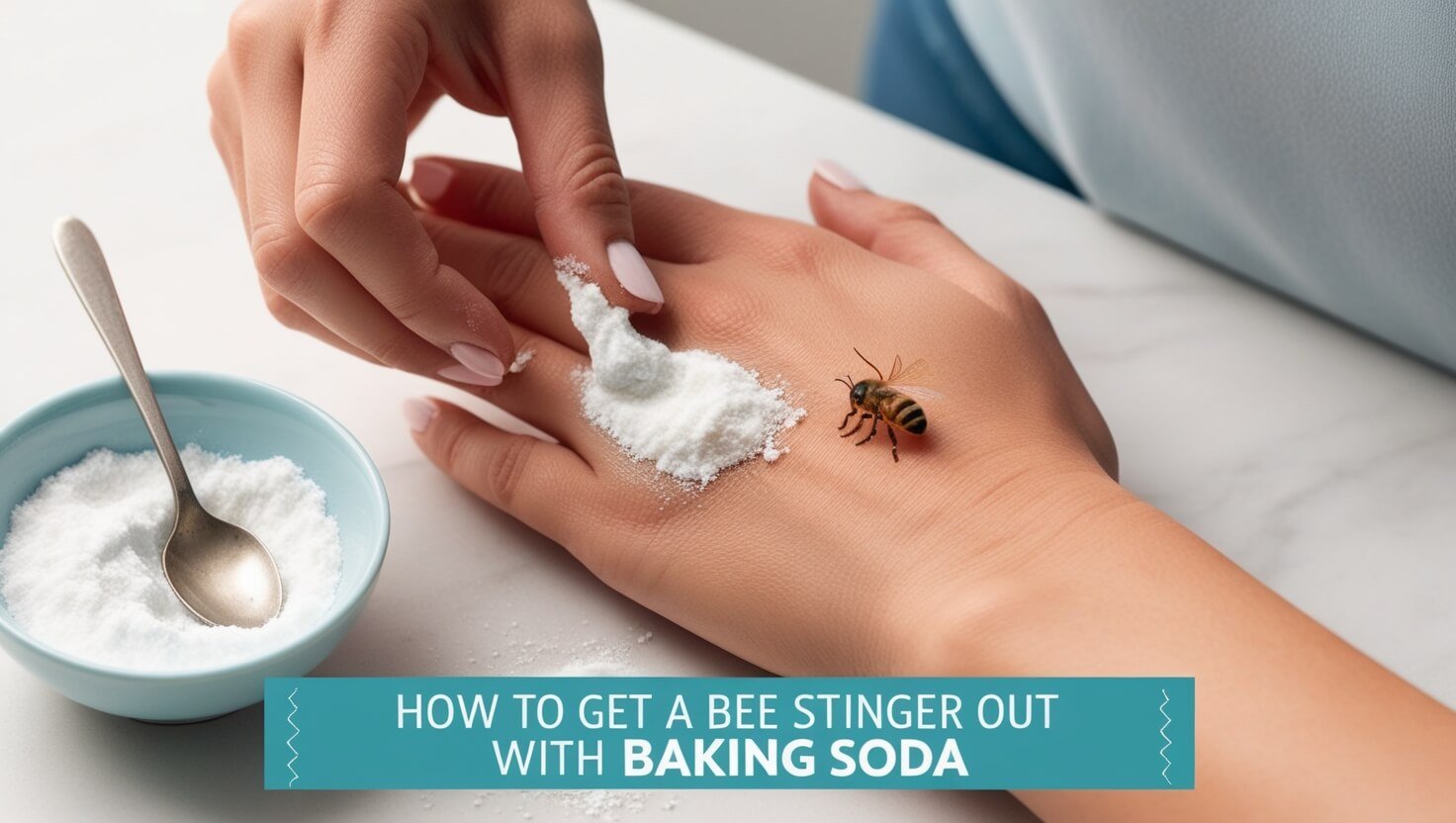
Introduction
If you’ve ever been stung by a bee, you know the immediate pain and discomfort it can cause. While bee stings are often just a minor annoyance for most people, they can be much more serious for those with bee sting allergies. Regardless of your reaction, it’s important to properly remove the bee stinger and treat the sting to alleviate symptoms.
One of the most effective home remedies for treating bee stings is using baking soda. The mildly alkaline nature of baking soda can help neutralize the acidic bee venom, providing relief from pain, swelling, and itching. In this comprehensive guide, we’ll explain why baking soda works so well, walk you through the steps for using it, and cover other natural remedies that can help soothe bee sting symptoms.
Understanding Bee Stings and Venom
When a bee stings, it injects a small amount of venom into the skin. This venom contains a complex mixture of proteins, enzymes, and other chemicals that can cause an inflammatory response in the body. The severity of a bee sting reaction depends on several factors, including the amount of venom injected and whether the person has any allergies or sensitivities to the venom.
For most people, a bee sting will result in localized pain, redness, swelling, and itching at the site of the sting. This is the body’s normal immune response as it tries to flush out the venom. However, some individuals can have a much more severe, whole-body reaction known as anaphylaxis. Anaphylaxis is a life-threatening allergic response that requires immediate medical attention.
Removing the Bee Stinger
One of the most important steps after being stung by a bee is to remove the stinger as quickly as possible. The longer the stinger remains in the skin, the more venom it will continue to release, leading to increased pain and swelling.
To remove the stinger, gently scrape it out using the edge of a credit card, your fingernail, or another flat, blunt object. Avoid using tweezers, as this can squeeze the venom sac and cause more venom to be injected into the skin.
After removing the stinger, wash the area with soap and water to help reduce the risk of infection. Apply a cold compress to the sting to help constrict blood vessels and slow the spread of venom.
Using Baking Soda to Treat Bee Stings
Baking soda is a versatile home remedy that can be incredibly effective for soothing bee sting symptoms. The key reason baking soda works so well is that it is a mild alkali, meaning it has a pH higher than 7. This allows it to neutralize the acidic venom that the bee injects, reducing pain, swelling, and irritation.
Here’s how to use baking soda to treat a bee sting:
- Mix together a paste of 1-2 teaspoons of baking soda and just enough water to form a thick consistency.
- Gently apply the baking soda paste directly to the bee sting, covering the affected area.
- Allow the paste to sit for at least 15 minutes, then rinse it off with cool water.
- Repeat this process as needed until the pain, swelling, and itching subside.
The baking soda paste works by drawing out the venom from the skin and helping to reduce inflammation. Many people find that it provides fairly quick relief, often within 15-30 minutes of application.
It’s important to note that baking soda should not be left on the skin for an extended period, as it can potentially irritate or dry out the area. Rinse it off thoroughly after the recommended time.
Other Home Remedies for Bee Stings
While baking soda is one of the most effective and widely-used home remedies for bee stings, there are several other natural treatments that can also help provide relief:
Ice Packs
Applying a cold compress or ice pack to the sting site can help reduce swelling and numb the pain. The cold temperature constricts blood vessels and slows the spread of venom, providing soothing relief.
Honey
Honey has natural anti-inflammatory properties that can help ease the discomfort of a bee sting. Simply apply a small amount of raw, unprocessed honey directly to the affected area.
Vinegar
For wasp or yellow jacket stings, which have a slightly more alkaline venom, applying undiluted white vinegar can help neutralize the sting.
Essential Oils
Certain essential oils like lavender, tea tree, and peppermint may provide some relief when applied topically to a bee sting. Their anti-inflammatory and analgesic (pain-relieving) properties can help calm the sting.
Calamine Lotion
The zinc oxide in calamine lotion can help soothe itching and irritation from a bee sting. Apply a thin layer to the affected area.
Meat Tenderizer
The enzymes in meat tenderizer (specifically papain) may help break down bee venom proteins, reducing swelling and pain. Make a paste with a small amount of tenderizer and water.
It’s important to note that while these home remedies can provide relief, they should not replace medical treatment in the case of a severe allergic reaction. If you experience symptoms like difficulty breathing, rapid heartbeat, or significant swelling, seek emergency medical attention immediately.
When to Seek Medical Attention
For most people, a bee sting will result in localized symptoms that can be effectively treated with home remedies like baking soda. However, some individuals may have a more serious, whole-body reaction that requires immediate medical care.
Signs that you should seek emergency medical treatment for a bee sting include:
- Widespread hives or rash
- Swelling of the face, tongue, or throat
- Difficulty breathing or wheezing
- Dizziness, nausea, or vomiting
- Rapid or irregular heartbeat
These symptoms may indicate anaphylaxis, a life-threatening allergic reaction. If you or someone you are with experiences these symptoms after a bee sting, call 911 or your local emergency number right away.
People with known bee sting allergies should carry an epinephrine auto-injector (such as an EpiPen) and use it immediately if they are stung. Epinephrine can help reverse the symptoms of anaphylaxis and is the first line of defense against a severe reaction.
Even if you don’t have a known allergy, it’s a good idea to monitor the sting site and your body’s reaction closely after being stung. Seek medical attention if the swelling or other symptoms do not start to improve within a day or two.
Preventing Bee Stings
While home remedies like baking soda can be very effective for treating bee stings, the best approach is to try to avoid getting stung in the first place. Here are some tips to help prevent bee stings:
- Avoid wearing bright colors or floral patterns, which can attract bees.
- Steer clear of areas where bees are known to congregate, such as flowerbeds, trash cans, and outdoor eating areas.
- Keep food and drinks covered when eating outdoors to prevent bees from landing on them.
- Remain calm and avoid swatting at bees, as this can provoke them to sting in defense.
- Wear long sleeves, pants, and closed-toe shoes when spending time outside.
- If you encounter a beehive or nest, contact a professional pest control company to have it removed safely.
By taking proactive measures to prevent bee stings, you can enjoy the outdoors with less risk of painful – and potentially dangerous – encounters. However, it’s still wise to be prepared with effective home remedies like baking soda, just in case.
Final Thoughts
Bee stings can be uncomfortable and even dangerous, but with the right knowledge and preparation, you can safely treat them at home. Using baking soda to create a soothing paste is one of the most effective natural remedies for reducing the pain, swelling, and irritation caused by bee venom.
Remember, while home treatments can provide relief, it’s crucial to seek immediate medical attention if you experience symptoms of a severe allergic reaction. Being prepared with baking soda, as well as other remedies, and knowing when to get professional help can make all the difference in managing bee sting incidents.
By following the tips in this guide, you’ll be well-equipped to handle bee stings and get back to enjoying the great outdoors without fear. Stay safe, stay calm, and let the power of baking soda work its magic on those pesky bee stings.

